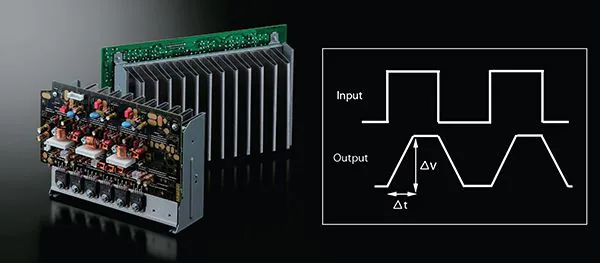3dbinCanada
Senior Member
- Joined
- Apr 29, 2020
- Messages
- 408
- Likes
- 242
Based on Audioholic's power measurements of their top 3 tier models, Yamaha easily exceeded their power measurements as stated in their specs when driving 2 channels full bandwidth in both 8 and 4 ohm loads. In fact, whene Gene tested the RX-A3000, it produced power dynamic power than a dedicated Emotiva power amp at full bandwidth. I can supply the link if you need it.
Where Yamaha is perceived to be failing is the ACD test. I say perceived because Yamaha CONSERVATIVELY configures the protection circuitry to trigger at a threshold to prevent any damage from occuring and to keep them out of any legal mess. The ACD test is rather meaningless as it does not demonstrate real world source material. What I have done by driving all 6 channels , 7 channel stereo for the V1800/1900 and 9 channel stereo for the A3050 (RX-V1500 excluded as it has only 5 channels) full bandwidth is as close to a real world ACD test I could get and the AVRs were performing splendidly.
Yamaha has the best reliability record out there for their AVRs and has the lowest number of manufactured defects and returns of any AVR bar none. They must be doing something right.
Where Yamaha is perceived to be failing is the ACD test. I say perceived because Yamaha CONSERVATIVELY configures the protection circuitry to trigger at a threshold to prevent any damage from occuring and to keep them out of any legal mess. The ACD test is rather meaningless as it does not demonstrate real world source material. What I have done by driving all 6 channels , 7 channel stereo for the V1800/1900 and 9 channel stereo for the A3050 (RX-V1500 excluded as it has only 5 channels) full bandwidth is as close to a real world ACD test I could get and the AVRs were performing splendidly.
Yamaha has the best reliability record out there for their AVRs and has the lowest number of manufactured defects and returns of any AVR bar none. They must be doing something right.

